Introduction to Affordable Housing Challenges
The current landscape of affordable housing is characterized by a growing imbalance between demand and supply. As property prices continue to rise, many individuals and families are finding it increasingly difficult to secure affordable housing. The scarcity of cost-effective housing options is more pronounced in urban areas, where the population is swelling, exacerbating the existing crisis. According to recent studies, millions of households are spending more than 30% of their income on housing, a benchmark that signals financial strain.
Thank you for reading this post, don't forget to subscribe!Communities face a multitude of obstacles in their quest to provide affordable housing solutions. One significant challenge is the shortage of contractors qualified to undertake construction projects. As experienced tradespeople retire and fewer individuals enter the construction workforce, labor shortages have become commonplace. This situation not only delays projects but also drives up labor costs, further complicating the realization of affordable housing initiatives.
In addition to labor shortages, rising insurance rates pose another hurdle. Contractors and developers are facing increased insurance premiums due to factors such as heightened risk assessments and market fluctuations. These increased costs often translate into higher prices for housing, making it difficult for developers to offer affordable options that meet the needs of communities.
Financing difficulties also hinder the development of affordable housing. Many potential homeowners struggle to secure loans due to stringent lending practices, inadequate credit histories, or insufficient savings for down payments. Thus, families are often left with limited options, driving them towards less favorable living conditions or overcrowded housing situations. Addressing these challenges is crucial for creating viable affordable housing solutions. It is essential to explore innovative approaches, such as factory-built stick frame products, which can potentially alleviate some of these pressing issues.
Overview of Factory-Built Stick Frame Construction
Factory-built stick frame construction is an innovative approach to homebuilding that utilizes prefabricated components to create residential structures. This method involves constructing wall sections, floor assemblies, and roof trusses in a controlled factory environment, which allows for greater precision and quality control compared to traditional onsite construction methods. The primary materials employed in this process typically include engineered wood products, plywood, and dimensional lumber, all of which are sourced sustainably to promote environmentally friendly practices.
The manufacturing process begins with detailed architectural plans, which are then translated into modular components through advanced machinery and cutting techniques. This assembly line method minimizes waste and enhances efficiency, as components can be constructed simultaneously, dramatically reducing the time required to complete a building. Once the sections are manufactured, they are transported to the building site for assembly. This quick installation process is a significant advantage of factory-built stick frame products, allowing homeowners to move into their new residences sooner.
Another vital aspect of this construction method is its structural integrity. Factory-built stick frame homes are subjected to rigorous quality assurance protocols during the manufacturing phase, ensuring that each component meets strict building codes and standards. The precision of factory construction results in homes that exhibit excellent durability, resistance to extreme weather conditions, and overall stability. Additionally, this method allows for enhanced energy efficiency, as factory-built homes can be designed with superior insulation and energy systems tailored to the specific climate. Overall, factory-built stick frame construction presents a viable solution to meet the increasing demand for affordable housing while maintaining high standards of quality and sustainability.





No responses yet